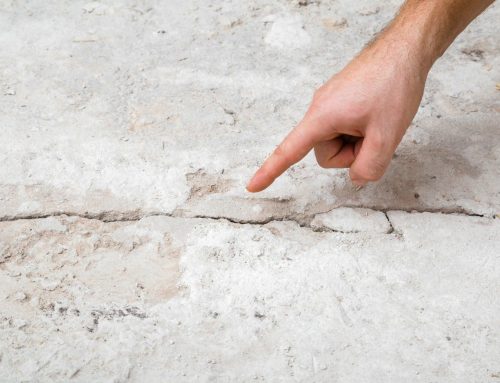The Basics of Foundation Repair
Throughout recent decades, engineers have learned how to make buildings safer after years of studying what happens to structures during earthquakes. Concrete is a long-lasting option, but concrete tilt-up buildings built in the last century present safety risks.
Over time, concrete will break, so it is critical that it be checked regularly to minimize maintenance costs and reduce structural risks during the earthquake. Here are the key points that need to be kept in mind when it comes to concrete repairs.
Working with Concrete Specialists
Concrete is a common building material due to its strength, toughness and resilience, which can be easily recycled. The material is more fire-resistant than steel. At the end of the day, concrete stands up well in high winds and the most serious environmental disasters. Despite the fact that concrete can last for decades, cracks can still need to be repaired.
When you need concrete repair work completed, you should only deal with contractors who have practical experience. Operating with qualified professionals who obey the manufacturer’s installation instructions will secure the structure’s warranty and insurance coverage. Early cracking is crucial to minimizing damage, as cracks can spread over time.
Conducting a seismic retrofit on a concrete tilt-up structure also requires reinforcement connections, such as roof to wall anchors and continuity links. Such techniques can help to prevent the roof from collapsing during the earthquake.
Understanding concrete
The key to understanding concrete repair work is that it can be divided into multiple groups: resealing, partial removal, complete removal and special repairs. Each builder should be aware of the importance of detecting cracks in concrete. The health of building occupants and structural integrity should be at the top of the agenda. In addition, it is important to keep building up the code to prevent fines.
Concrete is made of rocky materials such as limestone and granite, known as aggregates, mixed with water and sand. The materials shall decide the strength of the concrete. Concrete reinforcements, such as steel bars or steel fibers, help prevent the cracking of concrete. Additives such as calcium chloride, calcium nitrate and sodium nitrate are usually combined to improve hardening.
Other chemicals are blended together to strengthen concrete, such as corrosion inhibitors. A variety of equipment may be used for concrete manufacturing, but the combination must be made in compliance with the project requirements. During the treatment process, the concrete is kept moist to give it more energy. Curing needs to be done properly to avoid cracking. The cycle of hydration and hardening lasts three days.
The consistency of the concrete is directly affected by the environment, as extreme cold or hot temperatures will cause adverse effects. It is important to stop the concrete from freezing in the winter. All of this must be taken into account during the reconstruction process in order to ensure longevity and reliability.
Conclusion
If you need concrete repairs, you can turn to professional contractors with special experience in concrete buildings. Please contact Weinstein Construction Seismic Retrofit to learn more about our services.















